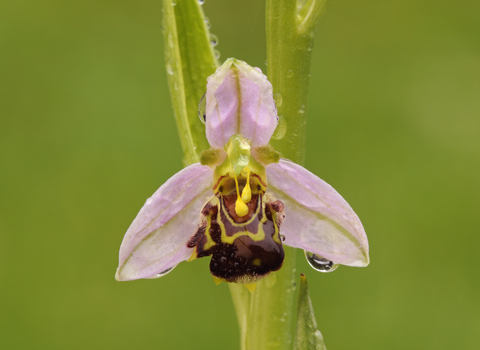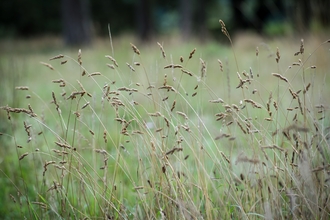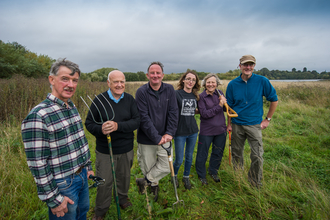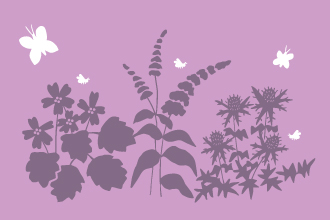
Bee orchid ©Dawn Monrose
Bee orchid
The bee orchid is a sneaky mimic - the flower’s velvety lip looks like a female bee. Males fly in to try to mate with it and end up pollinating the flower. Sadly, the right bee species doesn’t live here, so this orchid is self-pollinated in the UK.
Scientific name
Ophrys apiferaWhen to see
June to JulySpecies information
Category
Statistics
Height: up to 30cmConservation status
Protected in Northern Ireland under the Wildlife Order, 1985.



